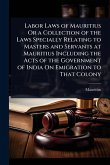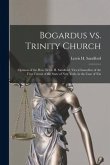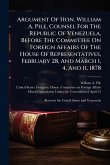This is a catalogue of the impressive collection of Acts and Laws from the Colony and State of New York, and other original colonies and states, meticulously assembled by the Hon. Russell Benedict, Justice of the Supreme Court of New York. The catalogue details items that were sold at auction on February 27, 1922. Offering a unique window into the legal foundations of the United States, this catalogue provides invaluable insights for historians, legal scholars, and collectors. It offers a glimpse into the statutes and legal frameworks that shaped the early governance of New York and the other founding colonies and states. This catalogue is a significant resource for understanding the evolution of American law and the historical context in which it developed. This work has been selected by scholars as being culturally important, and is part of the knowledge base of civilization as we know it. This work was reproduced from the original artifact, and remains as true to the original work as possible. Therefore, you will see the original copyright references, library stamps (as most of these works have been housed in our most important libraries around the world), and other notations in the work. This work is in the public domain in the United States of America, and possibly other nations. Within the United States, you may freely copy and distribute this work, as no entity (individual or corporate) has a copyright on the body of the work. As a reproduction of a historical artifact, this work may contain missing or blurred pages, poor pictures, errant marks, etc. Scholars believe, and we concur, that this work is important enough to be preserved, reproduced, and made generally available to the public. We appreciate your support of the preservation process, and thank you for being an important part of keeping this knowledge alive and relevant.
Bitte wählen Sie Ihr Anliegen aus.
Rechnungen
Retourenschein anfordern
Bestellstatus
Storno

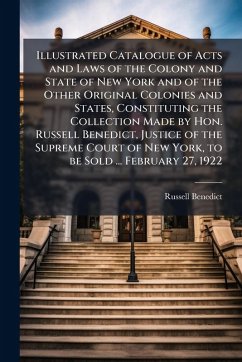
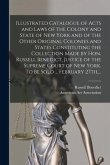
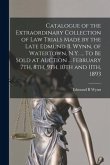

![Addresses Presented to Hon. H.W. Austin, Chief Justice of Bahamas, on His Retirement From the Bench of the Colony [microform] Addresses Presented to Hon. H.W. Austin, Chief Justice of Bahamas, on His Retirement From the Bench of the Colony [microform]](https://bilder.buecher.de/produkte/66/66155/66155039m.jpg)
